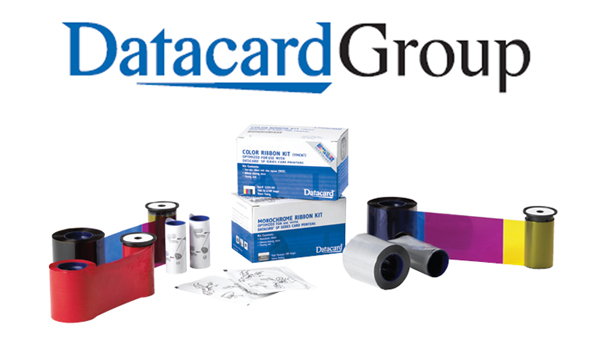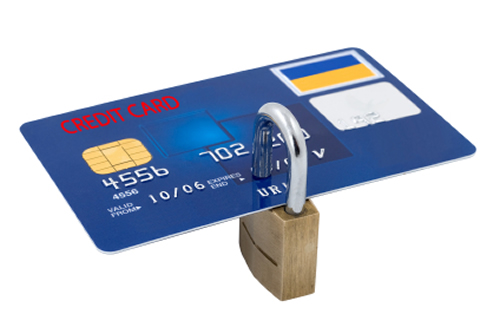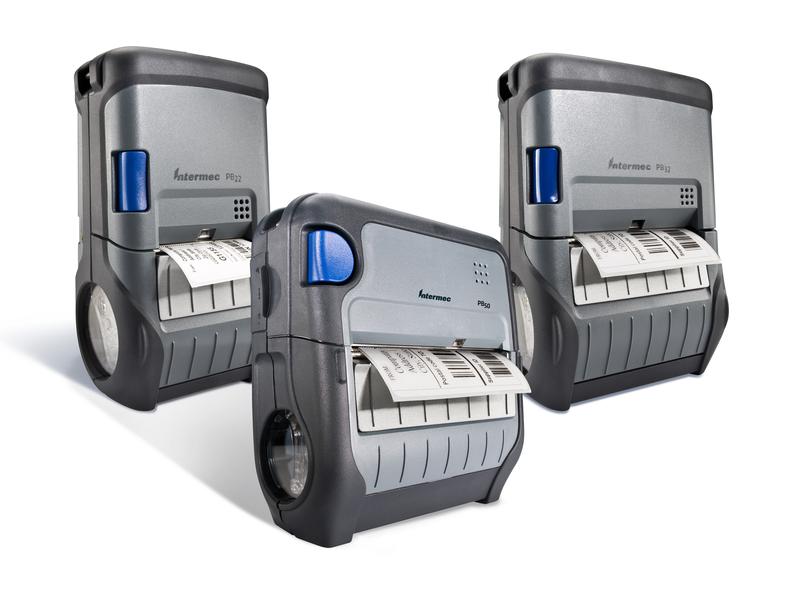Datacard SD260 – Replacement Printer for the SP35 Plus

When an ID Card Printer works successfully for so many years, it is easy to forget how long the printer has been in service. We get many requests from our customers who are looking to purchase another SP35 Plus to replace their existing printer. Unfortunately, the printer has been discontinued by Datacard and inventories have been depleted of the printer.
However, Datacard’s SD260 is a direct replacement printer, which offers superior quality and a variety of configurations that will satisfy every customer. The Datacard SD260 single-sided card printer is packed with industry-leading innovations that make desktop ID card printing simple and economical. The SD260 printer is ideal for small- to medium-sized businesses, schools, hospitals, fitness clubs and anyone who prints ID cards as part of their busy workday. With its competitive features and price, the SD260 is a great value.
To learn more about the Datacard SD260 ID Card Printer, contact us at Barcodes Inc.
Understanding Datacard Ribbon Types
 Making sure you have the right type of ribbon for your Datacard ID Card printer is crucial to getting the most out of it. That said, it is not always very clear what the types of ribbon are for especially when acronyms like YMCKT and YMCKT-KT are used. Having the right type of ribbon for your specific needs will help reduce media costs and increase your printing efficiency.
Making sure you have the right type of ribbon for your Datacard ID Card printer is crucial to getting the most out of it. That said, it is not always very clear what the types of ribbon are for especially when acronyms like YMCKT and YMCKT-KT are used. Having the right type of ribbon for your specific needs will help reduce media costs and increase your printing efficiency.
The first concern when choosing a ribbon is if you are doing monochromatic(single color) or full color printing. Monochromatic printing is easy since the only concern is making sure the ribbon cartridge is matched to your printer model and the color you want.
Most applications, however, need to print full color cards and this is where all the acronyms start coming into play. Most commonly, cards are printed in full color on the front and are either blank on the back or only printed in black. In both of these cases there are different ribbons that should be used to print accurately and efficiently.
Continue reading »
PCI Compliance Explained!
 Point-of-Sale businesses are paranoid, with good reason, about protecting sensitive customer and company information. Financial institutions require that any company that stores, processes or transmits credit card information complies with the PCI-DSS (Payment Card Industry, Data Security Standards).
Point-of-Sale businesses are paranoid, with good reason, about protecting sensitive customer and company information. Financial institutions require that any company that stores, processes or transmits credit card information complies with the PCI-DSS (Payment Card Industry, Data Security Standards).
Companies that fail to comply are subject to fines, lawsuits, and can even be banned from processing credit cards. Even worse, companies that are breached can find themselves in the news headlines, significantly impacting goodwill with customers, partners and shareholders. Ensuring your POS system and wireless infrastructure are in compliance is crucial.
The objective of the Payment Card Industry (PCI) Security Standards is to protect cardholder data. The standards are developed and published by the PCI Security Standards Council (SSC), which consists of hundreds of industry participants who have a vested interested in reducing vulnerabilities in the card-processing ecosystem.
Top 5 Tips for Choosing Mobile Printers
 Mobile printers are deployed primarily to improve productivity. By giving users a tool to produce labels and receipts exactly when and where they’re needed, enterprises save the steps required to travel to a stationary or vehicle-mounted printer, pick up the print output, and bring it back to where it is needed. These steps build unnecessary labor cost into printing operations. Therefore, the value a mobile printer provides depends directly on how it supports productivity.
Mobile printers are deployed primarily to improve productivity. By giving users a tool to produce labels and receipts exactly when and where they’re needed, enterprises save the steps required to travel to a stationary or vehicle-mounted printer, pick up the print output, and bring it back to where it is needed. These steps build unnecessary labor cost into printing operations. Therefore, the value a mobile printer provides depends directly on how it supports productivity.
“Productivity enhancement†isn’t a line item on mobile printer spec sheets that organizations can use to easily compare different models. Instead, spec sheets list printer sizes and weights, print widths, media compatibility, wireless connectivity support, I/Os, power sources and other configuration options that add up to thousands of potential choices. Understanding how these features and options relate to mobile printer productivity and reliability is essential for choosing the best printer for your operations.
There are five fundamental tips for finding the mobile printer that provides the best fit:
- Respect the work environment.
- Understand user needs.
- Don’t deviate from enterprise security and integration standards.
- Match the mobile printer to its computer.
- Consider operating cost as part of total cost.
Keeping Your Business I-Safe

Mobile computers and barcode scanners can be found in every type of business and environment today.  Especially in manufacturing  locations, dust has become a big concern for many companies.  It may seem insignificant at first but many materials can become very combustible when they are in very small, dust-like particles.  Plastics, resins, and even sugar can become a dangerous hazard when in dust form. These small particles are very easy to ignite with a simple spark that could be generated by a scanner or mobile device.
Organizations such as OSHA and the  U.S. Chemical Safety Board have begun to push for greater regulation and stricter requirements to ensure the safety of every work environment.  One of the easiest things you can do is ensure all scanning devices you use in dust filled environments are rated as I-Safe.  Devices like the Honeywell MX9HL are completely sealed from dust and are certified for nonincendive electrical equipment that can be used hazardous locations. Getting the right device can be the difference between safety and lost lives.
For a more detailed review of what to be concerned with in a dust prone environment this article is a great place to start.
To find the right I-Safe device feel free contact us at Barcodes Inc.
Putting the Unitech HT630 to Work
Mobile computers can help increase the efficiency and accuracy of any process, from asset management to attendance tracking.
The Unitech HT630 was designed to meet the demands of a wide range of applications in a compact, rugged device. Â Â It offers high performance and flexible functionality at an affordable price. Â With an integrated laser or CCD barcode scanner, it supports all common 1D barcode symbologies. Its multiple memory configurations ensure support for the most resource intensive data capture applications.
Pharmacy Pill Bottle Labeling
 Industry Need
Industry Need
Advancements in pharmaceutical science enable improved health, better management of medical conditions, and even extended life spans for many. However, realization of these benefits relies on accurate identification of medicines and dosing instructions; mistakes can have severe health repercussions. Specialized pill bottle labels fulfill this critical identification and information role.
Pharmaceutical labeling has a unique set of product requirements. Durability is key. Frequent handling, contact abrasion (such as jostling with purse contents), or storage in warm, moist environments must not degrade the printed image or adhesion. Many common label materials are quickly degraded by contact with hand lotions or other environmental exposures.
Pharmaceuticals are typically fulfilled through two channels, each of which contributes additional unique requirements.
Labeling Solutions for the Pharmaceutical and Biotechnology Industries
Industry Need
The Health Industry Business Communications Council and the American National Standards Institute have developed the ANSI/HIBC standards for packed and item level bar coding for the health care industry. Bar code technology is a proven valuable tool for reducing labor costs, human error and automating data to improve the quality of patient care. Standards for proper identification can be found at https://www.hibcc.org. Â Analytical diagnosis begins with specimen analysis in laboratories that submit samples to extreme conditions such as centrifugal separation, cryogenic freezing or autoclave sterilization.
Extreme applications have been at the core of Intermec’s business since the development of the bar code, with solutions ranging from pharmaceutical clean rooms designed for temporary ID to durable military code applications for transcontinental deployment.
Continue reading »
Mobile Shelf Price Auditing for the Retail Environment
Industry Need
Aggressive pricing and promotions drive success in retail, and modern consumers are more price-sensitive than ever. The pressure to act and react quickly in modifying pricing continues to escalate. To meet this demand, today’s retailer needs increasingly efficient ways to implement accurate pricing changes on the retail floor. Only Intermec provides the total package of mobile printers, mobile computers, bar code scanners, and durable media necessary to label products and shelves at the point-of-use—key to improving store efficiency and eliminating costly errors.
When prices change, it is critically important that the price on the shelf matches the price in the computer; when these do not agree, significant problems result. If the charged price is higher, customer satisfaction plummets. If the charged price is lower, profits are lost. As an added consequence, retailers regularly incur fines when pricing accuracy laws are violated.
Printing today is commonly completed in batch mode using a fixed printer located in a back room away from the retail space. These shelf labeling systems separate a batch printing process from the point of labeling, creating the potential for obsolete, inaccurate, or misplaced shelf labels. Additionally, this separation from point-of-use leads to wasted trips and introduces a greater chance of human error in mis-labeling. For all these reasons, mobile label printing is becoming increasingly popular for shelf and product labeling in the retail environment.
Continue reading »
Mobile Medical Sample Labeling
Industry Need
Medical testing provides key information to physicians, serving as a foundational tool for diagnosing patient conditions. Accuracy is critically important; mistakes can lead to undiagnosed illnesses or inappropriate treatments. Current specimen vial labeling methods, however, are error-prone. Handwritten labels are subject to interpretation and manual data errors; labels preprinted at a central station and carried to the patient location introduce the chance for mix-ups. Mobile sample labeling eliminates these opportunities for errors, enhancing patient safety. Printing on Intermec media ensures robust traceability, meeting the application requirements of sample labeling from the point of collection through challenging laboratory conditions.
Automatic identification technologies such as bar coding excel at eliminating human error. Within the high-touch medical environment these systems have steadily improved patient safety. Errors resulting from manual data entry are unacceptable in a diagnostic environment where they can lead to lost samples (increasing time to diagnose and treat) or mistaken patient identities (potentially leading to incorrect diagnosis and course of treatment).
Recognizing the persistence of these errors, the Joint Commission on Accreditation of Healthcare Organizations (JCAHO) has made improving the accuracy of patient identification the first goal of the 2010 National Patient Safety Goals document. This goal requires blood and specimen containers to be labeled in the patient’s presence. Printing sample labels in place and on-demand with ID scanned from the patient’s wristband eliminates multiple points of error, enhancing patient safety.




